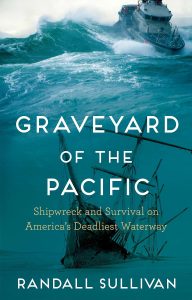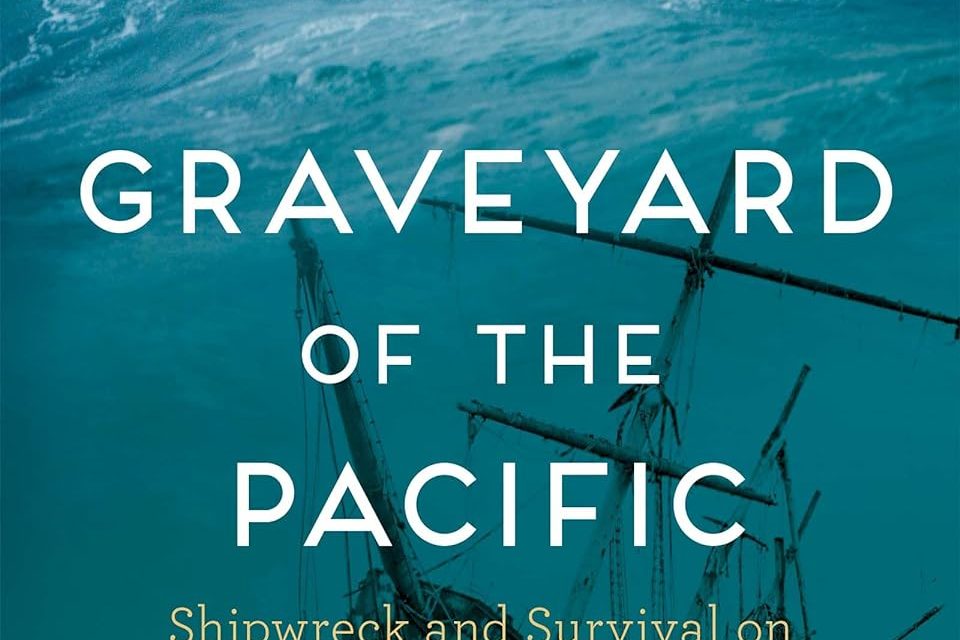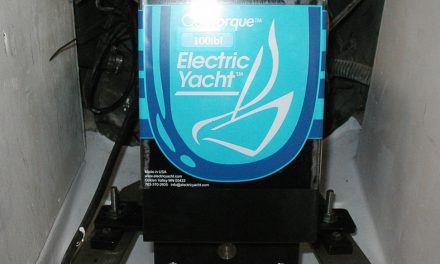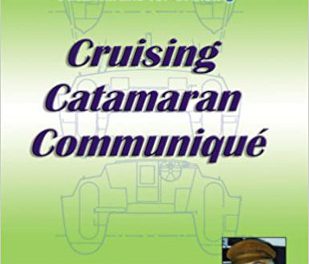Graveyard of the Pacific: Shipwreck and Survival on America’s Deadliest Waterway by Randall Sullivan

There are many North American inlets out there that at times can be difficult, even dangerous. I once entered Ft. Pierce on a spring ebb with an east wind as a thunderstorm approached. I thought I was going to die. When my knees stopped shaking I reflected, how could waves in the inlet be bigger than those outside of it? The answer, of course was that I picked a really bad time to go in.
At first glance, the title of Randall Sullivan’s latest book may sound like hyperbole, but after reading it and getting a good look at the Columbia River, I assure you it is not. The appropriately titled, Graveyard of the Pacific serves both as an introduction to the tragic maritime history of Oregon’s Columbia River Bar that has claimed 2,000 ships in “one of the most notorious stretches of water in the world,” and a memoir of Sullivan’s complicated relationship with his seafaring father.
Despite long and robust jetties built to ameliorate the danger of the bar, mariners must navigate the collision of two immense forces, the Pacific Ocean and the longest river in the Western Hemisphere. There are an average of 106 foggy days per year; when tide opposes the wind there can be 40-foot standing waves. And conditions can change from benign to malignant in a matter of minutes. Many of the tragedies occurred after ships entered the inlet and their crews realized that they could neither carry on nor turn around.
The history of the Columbia River Bar is wrought with heartbreaking stories. In May 1880 a large part of the salmon fishing fleet, over 60 men, were lost in two consecutive storms of astounding ferocity. In 1991, despite a protracted operation by four rescue vessels and a helicopter from the nearby USCG station, two fishermen and one rescue swimmer on the F/V Sea King drowned. How suitable the name of the nearby peninsula: Cape Disappointment.
This is also the story of the fraternity of Columbia bar pilots. Since 1831 they have worked on call as highly qualified freebooters, dividing the fees collected from the thousands of ships they guide each year. To reach their charges they often dangle beneath a helicopter. Each one has the authority to close the bar when it becomes too dangerous, mostly in the winter months.
Sullivan is no armchair historian here. Waiting for ideal conditions (no fog, light wind, an hour before low tide) he crossed the bar with a friend on a Hobie sailing kayak, made it out to the ocean then capsized in large surf as he approached the beach. Hope he uses a bigger boat next time.
I can’t resist leaving you with a spoiler: the key to a smooth transit of the Columbia Bar? It’s something every sailor should know — patience. So many ships foundered with many lives lost because the schedule-minded captains wouldn’t wait for better conditions or to hire a pilot to guide them in. Graveyard of the Pacific is mandatory reading for anyone planning a trip up or down the Columbia.
Graveyard of the Pacific: Shipwreck and Survival on America’s Deadliest Waterway





